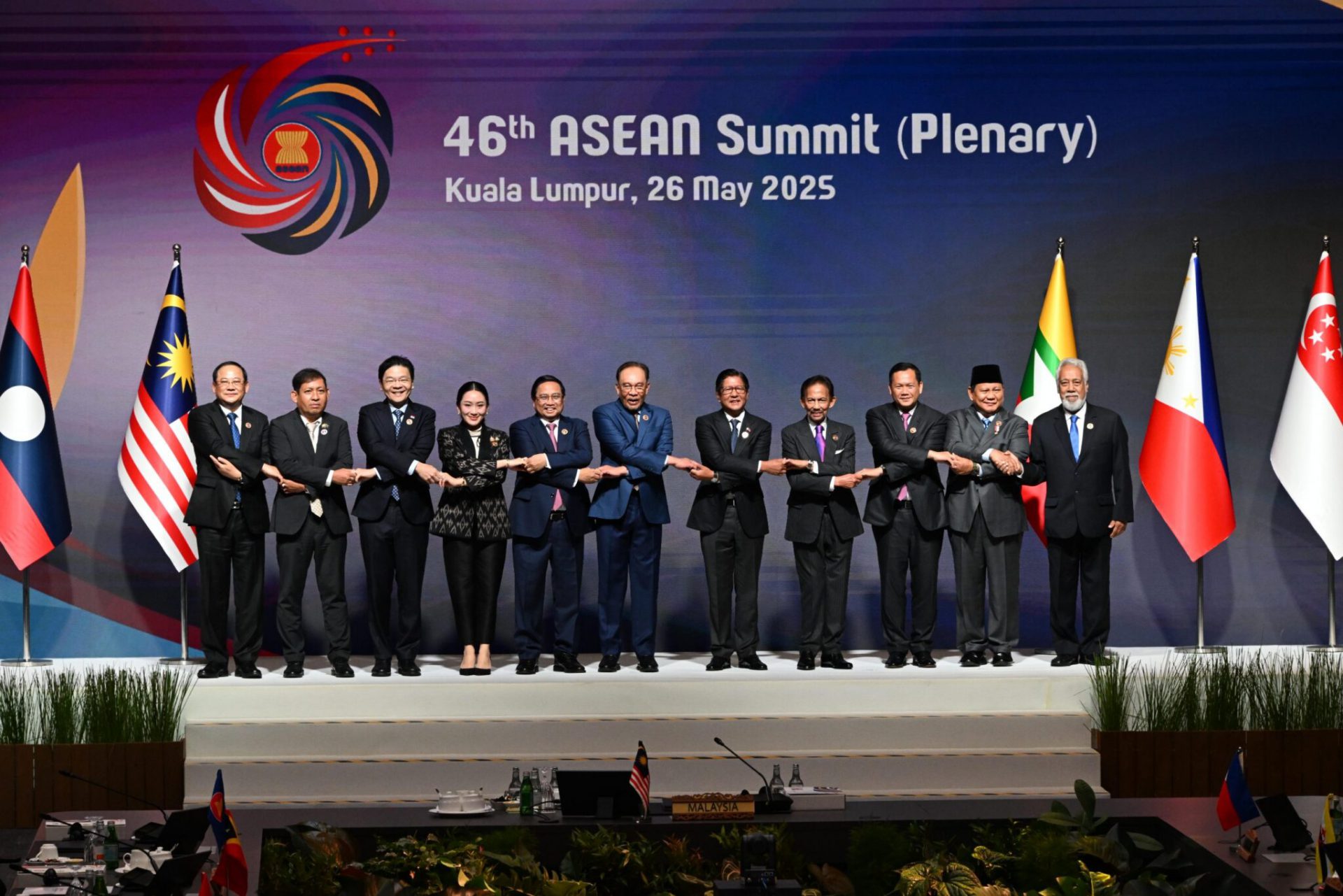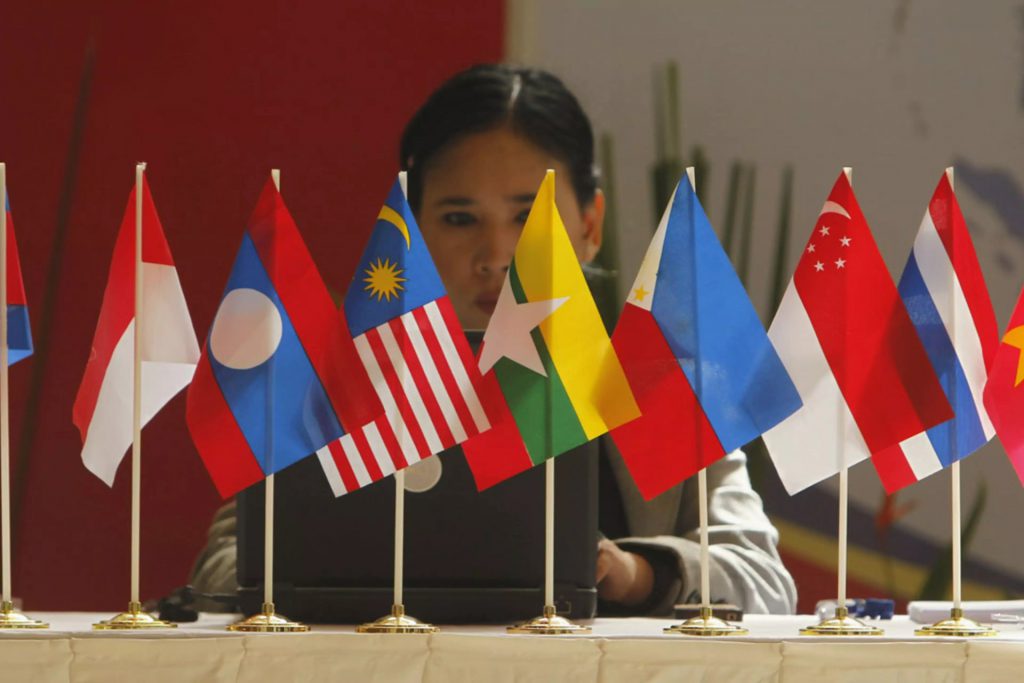ASEAN Releases 5-Year Plan To Stop Using the US Dollar From 2026-2030

Share:
The ASEAN alliance has officially released a roadmap to reduce reliance on the US dollar and use local currencies for cross-border transactions between 2026 to 2030. During the recently held 46th summit in Kuala Lumpur, the alliance signed off with a multipolar structure to adhere to until the end of this decade.
ASEAN: Roadmap to Uproot the US Dollar Begins From 2026 to 2030

ASEAN will not immediately end US dollar dependency but will begin to slowly cut ties from 2026 to 2030. The bloc has embedded this goal in the recently published policy titled ‘Economic Community Strategic Plan 2026–2030‘. It aims to minimize investments in the US dollar and maximize local currency usage for all deals hereon.
Also Read: De-Dollarization: 40% of Foreign Transactions Now in the Chinese Yuan
Therefore, from 2026, the local currencies of ASEAN countries could challenge the US dollar in the forex markets. The development could lead to a shift in currency fluctuations, where local currencies may briefly rise in value. Taking a long position now could prove beneficial as millions and billions worth of trade could be settled in native currencies.
“ASEAN will also promote the use of local currencies to reduce the region’s vulnerability to exchange rate fluctuations and external economic and financial shocks, and to lower transaction costs associated with cross-border payments (US dollar),” read the ‘Economic Community Strategic Plan 2026–2030’ policy.
Also Read: De-Dollarization: Currencies That Are Challenging The US Dollar In 2025
The Southeast Asian nations could soon bring a wave of economic shocks and the US and the West should remain prepared. We will “expand and strengthen regional payment connectivity and promote local currency settlement,” read the report. The US dollar will face challenging times as ASEAN consists of 10 emerging economies.
The bloc of 10 ASEAN countries are Brunei, Cambodia, Indonesia, Laos, Malaysia, Myanmar, Philippines, Singapore, Thailand, and Vietnam. If the alliance begins to settle the majority of trade deals in local currencies between 2026 to 2030, the US dollar will be under immense pressure.
ASEAN Releases 5-Year Plan To Stop Using the US Dollar From 2026-2030

Share:
The ASEAN alliance has officially released a roadmap to reduce reliance on the US dollar and use local currencies for cross-border transactions between 2026 to 2030. During the recently held 46th summit in Kuala Lumpur, the alliance signed off with a multipolar structure to adhere to until the end of this decade.
ASEAN: Roadmap to Uproot the US Dollar Begins From 2026 to 2030

ASEAN will not immediately end US dollar dependency but will begin to slowly cut ties from 2026 to 2030. The bloc has embedded this goal in the recently published policy titled ‘Economic Community Strategic Plan 2026–2030‘. It aims to minimize investments in the US dollar and maximize local currency usage for all deals hereon.
Also Read: De-Dollarization: 40% of Foreign Transactions Now in the Chinese Yuan
Therefore, from 2026, the local currencies of ASEAN countries could challenge the US dollar in the forex markets. The development could lead to a shift in currency fluctuations, where local currencies may briefly rise in value. Taking a long position now could prove beneficial as millions and billions worth of trade could be settled in native currencies.
“ASEAN will also promote the use of local currencies to reduce the region’s vulnerability to exchange rate fluctuations and external economic and financial shocks, and to lower transaction costs associated with cross-border payments (US dollar),” read the ‘Economic Community Strategic Plan 2026–2030’ policy.
Also Read: De-Dollarization: Currencies That Are Challenging The US Dollar In 2025
The Southeast Asian nations could soon bring a wave of economic shocks and the US and the West should remain prepared. We will “expand and strengthen regional payment connectivity and promote local currency settlement,” read the report. The US dollar will face challenging times as ASEAN consists of 10 emerging economies.
The bloc of 10 ASEAN countries are Brunei, Cambodia, Indonesia, Laos, Malaysia, Myanmar, Philippines, Singapore, Thailand, and Vietnam. If the alliance begins to settle the majority of trade deals in local currencies between 2026 to 2030, the US dollar will be under immense pressure.







